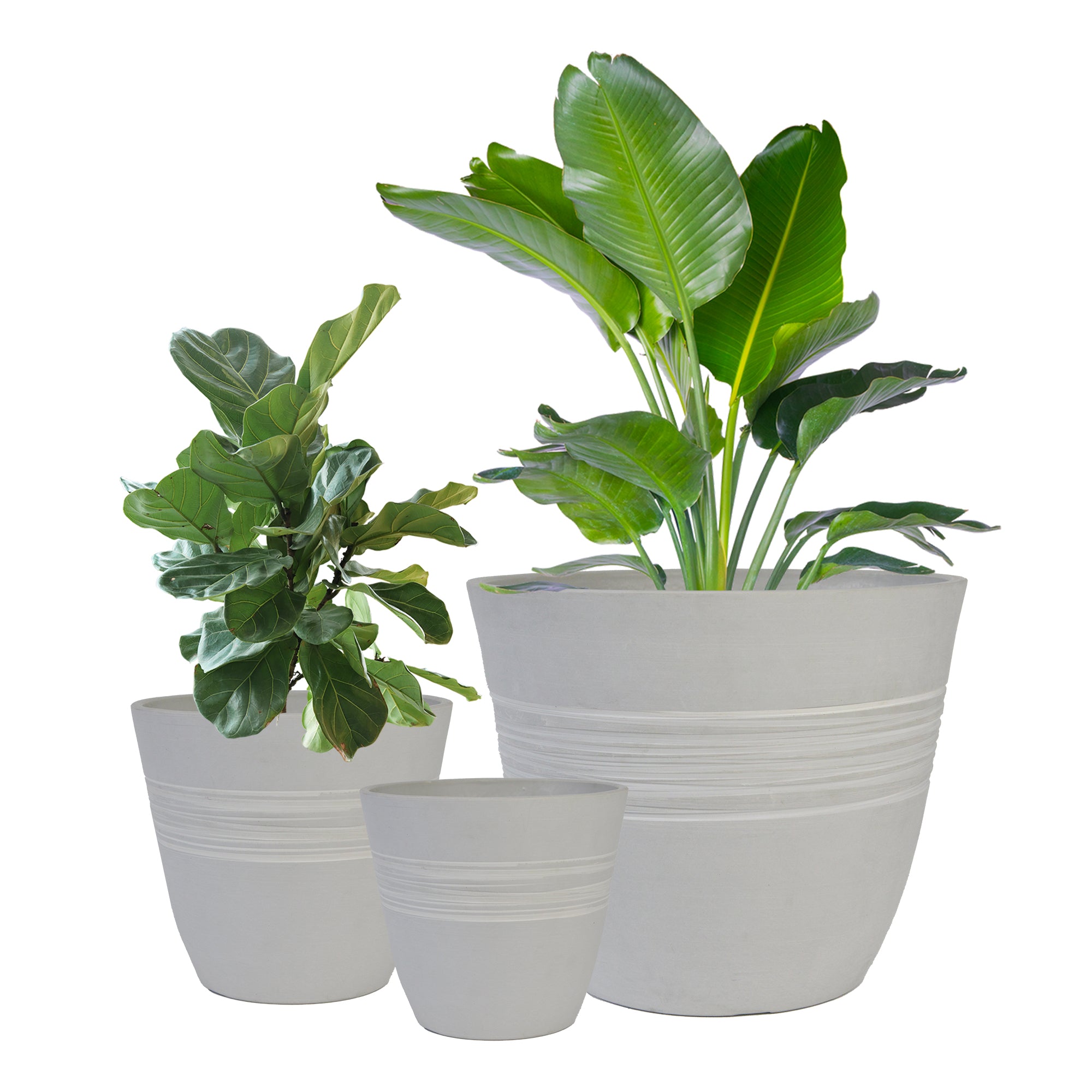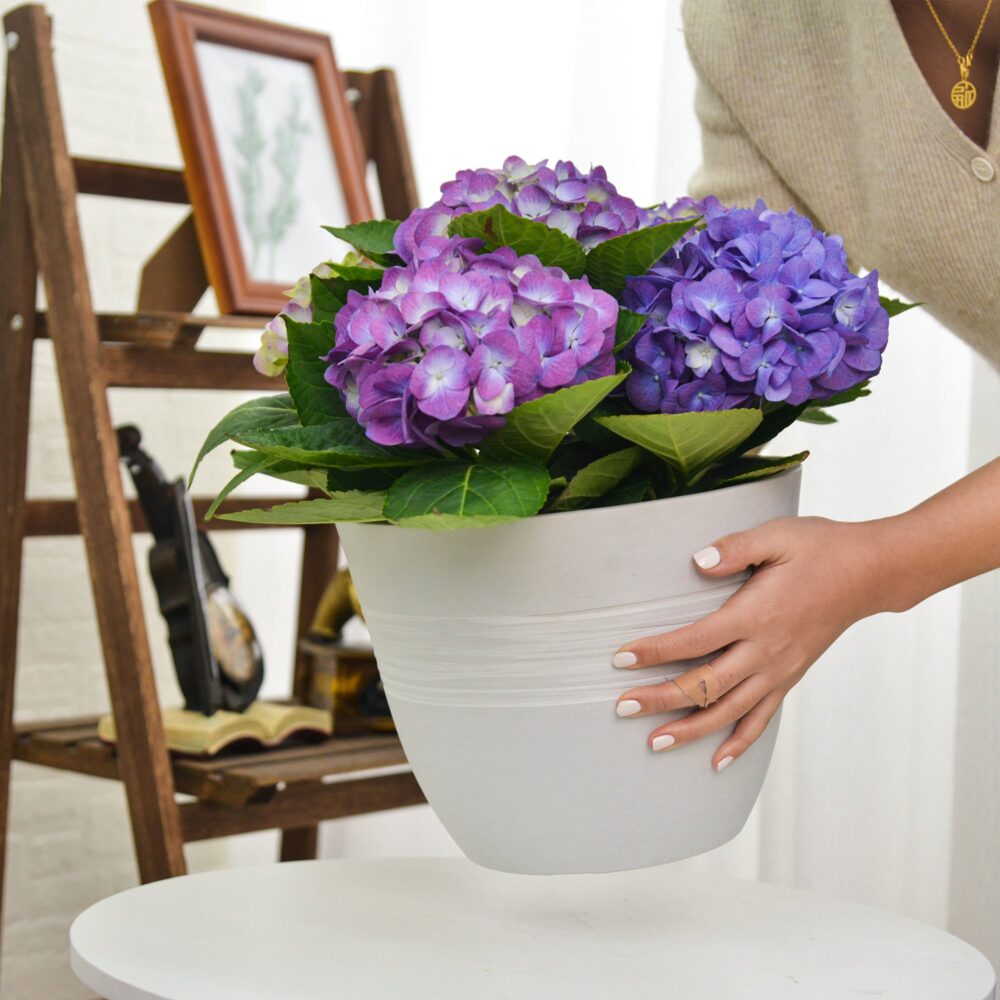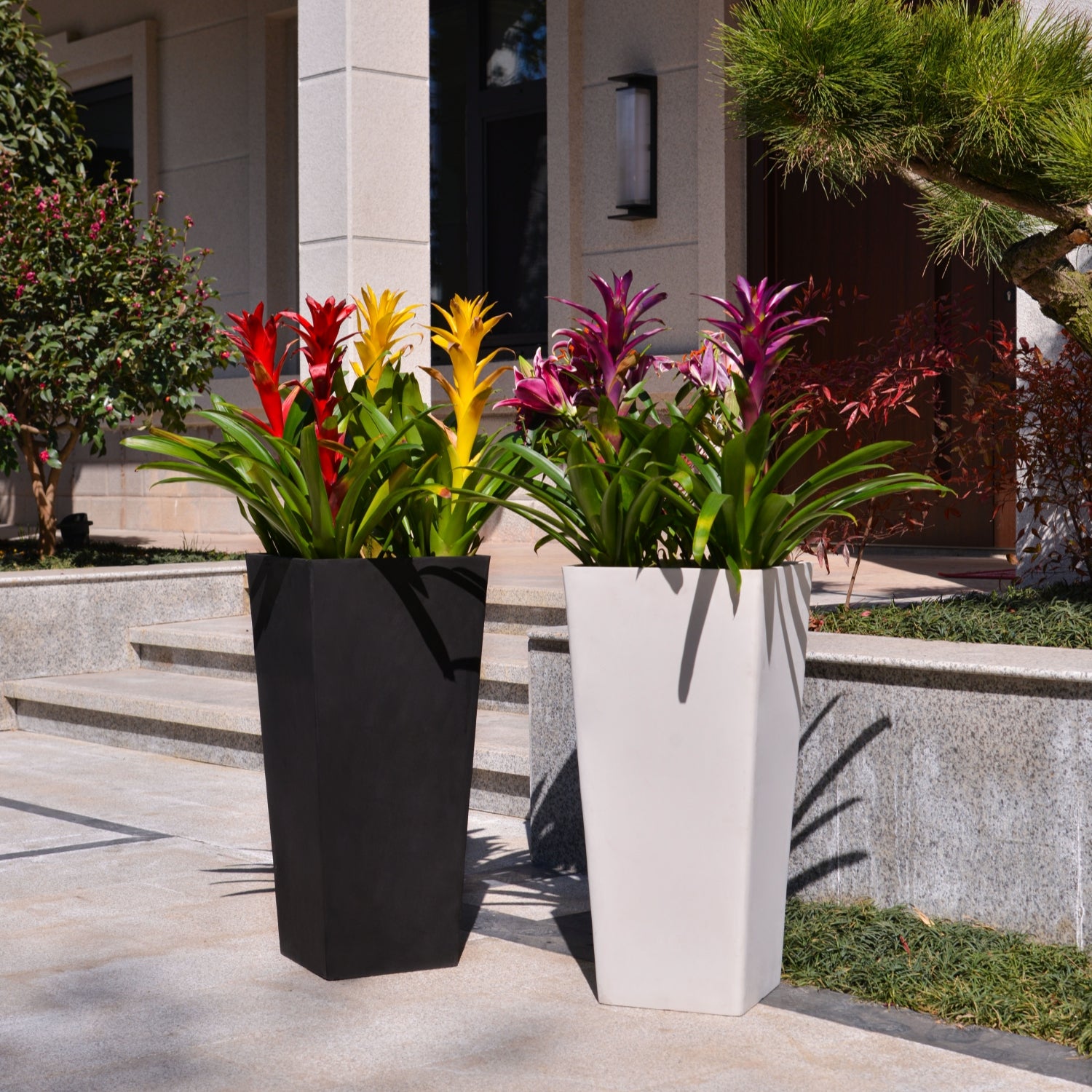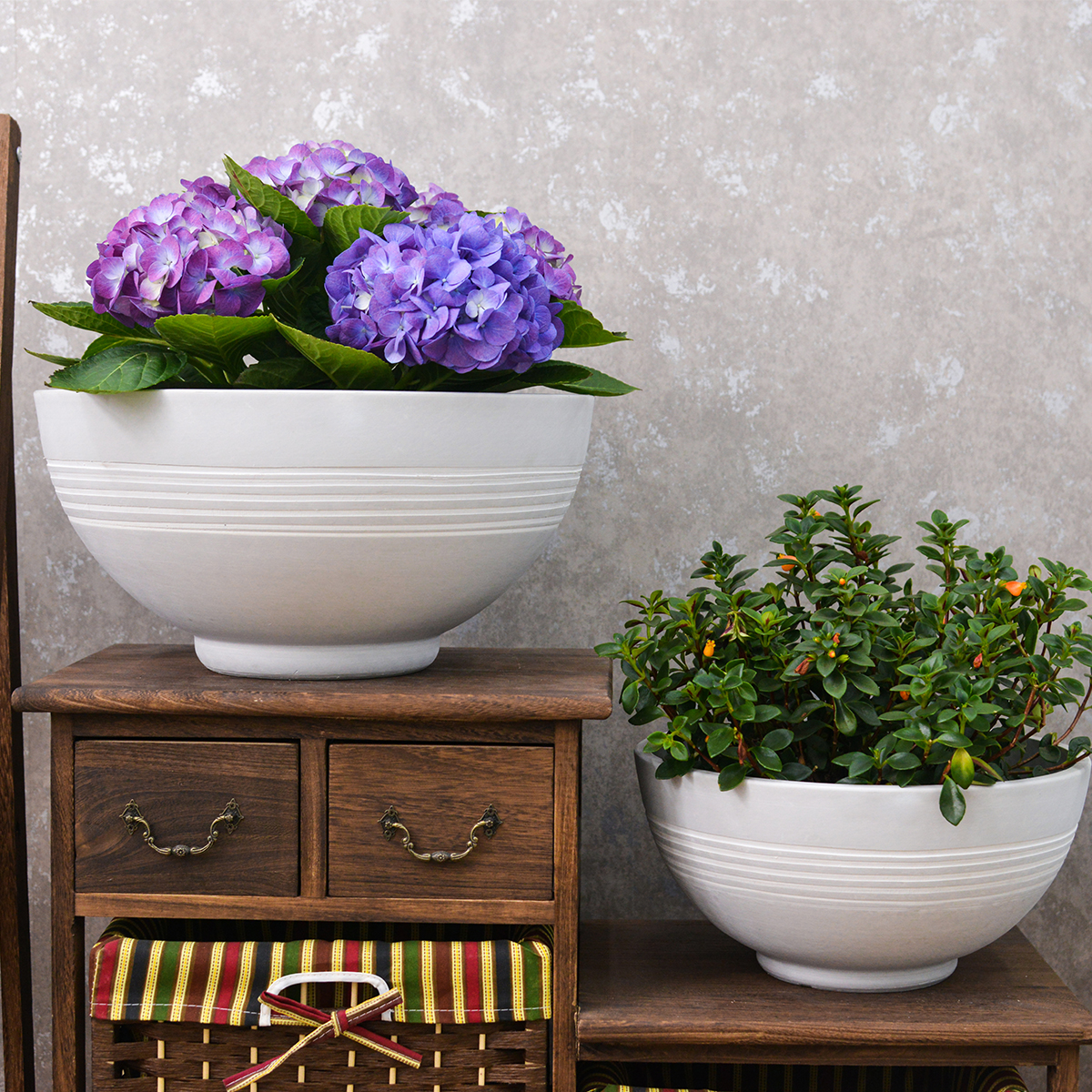Button Fern Indoors: The Complete Guide to Growing Pellaea Rotundifolia at Home
Looking to cultivate charming, button-like foliage and a touch of delicate texture in your indoor plant collection? Button Fern, scientifically known as Pellaea rotundifolia, is an endearing fern prized for its unique, round leaflets that resemble buttons. These delightful and relatively easy-to-grow ferns, belonging to the Pteridaceae family and native to New Zealand, are perfect for adding a touch of natural whimsy and soft greenery to your indoor spaces. This comprehensive guide will provide you with everything you need to know to grow Pellaea rotundifolia indoors, from selecting the right plant and pot to mastering essential care techniques for a thriving and charming Button Fern in your home.
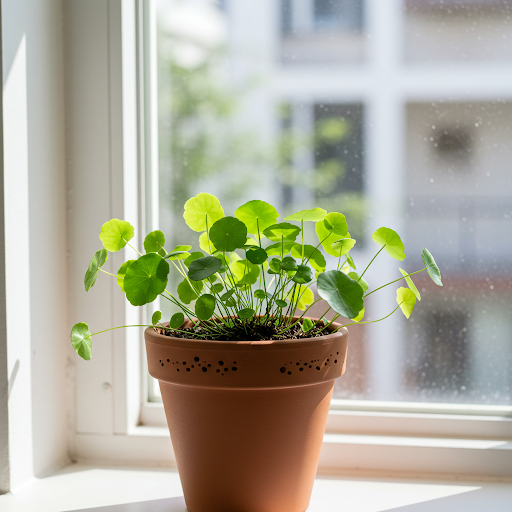
Button Fern
What is Button Fern (Pellaea rotundifolia)?
Pellaea rotundifolia, commonly known as Button Fern, is a popular species of fern celebrated for its distinctive, round, button-shaped leaflets that grow along slender, wiry stems. The leaflets are a soft, blue-green color when young, maturing to a darker green. Button Fern is known for its delicate appearance, compact growth habit, and relative ease of care compared to some other ferns, making it a delightful and manageable houseplant. It is native to New Zealand and thrives in shady, moist environments.
Can Button Fern (Pellaea rotundifolia) Thrive Indoors?
Yes, Button Fern (Pellaea rotundifolia) thrives exceptionally well indoors and is a rewarding plant for home cultivation, especially for those who appreciate ferns but seek a slightly less demanding variety. Its adaptability to indoor conditions, relatively easy care, and charming foliage make it a popular choice for adding soft greenery to homes and offices. With proper care, Button Fern will maintain its delicate beauty and provide a touch of natural elegance to your indoor spaces.
Ideal Indoor Growing Conditions for Button Fern (Pellaea rotundifolia):
- Varieties of Button Fern (Pellaea rotundifolia): While Pellaea rotundifolia is the primary species grown as Button Fern, there aren’t many distinct cultivars specifically for this species. Variations in leaf size and growth habit may occur among individual plants. Ensure you are purchasing Pellaea rotundifolia to ensure you are getting a true Button Fern.
- Light: Button Fern prefers bright, indirect light to partial shade. It thrives in locations that receive bright, filtered sunlight or dappled shade for most of the day. Avoid direct, intense sunlight, which can scorch its delicate fronds, causing them to become brown and crispy. East or north-facing windows are often ideal. West or south-facing windows can work if the light is diffused with sheer curtains or if the plant is placed further away from the window. Insufficient light can lead to weak growth and less vibrant foliage.
- Soil: Button Fern needs well-draining soil that retains moisture. Use a high-quality potting mix formulated for ferns or African violets, or a general-purpose potting mix amended with peat moss, perlite, and vermiculite to improve drainage, aeration, and moisture retention. The soil should be slightly acidic to neutral.
- Watering: Button Fern prefers consistently moist soil and is sensitive to drying out. Water regularly to keep the soil evenly moist, but not soggy. Water when the top inch of soil just begins to feel slightly dry. Water thoroughly until water drains out of the drainage holes. Never let the soil dry out completely, as this can cause the delicate fronds to become brown and crispy very quickly. However, also avoid overwatering and soggy conditions, which can lead to root rot. Watering frequency will vary depending on light levels, temperature, humidity, and pot size. Check soil moisture regularly with your finger. Reduce watering slightly in winter when growth slows down, but still prevent complete drying. Use room temperature water.
- Temperature: Average room temperatures between 60°F to 75°F (15°C to 24°C) are ideal. Button Fern is comfortable in typical household temperatures. Avoid exposing them to temperatures below 50°F (10°C) or sudden temperature fluctuations and cold drafts. They prefer moderate warmth and consistent temperatures.
- Humidity: Button Fern thrives in high humidity, mimicking its native moist forest environments. Aim for humidity levels of 50-70% or higher. High humidity is crucial for maintaining healthy, vibrant fronds and preventing browning and crisping. Dry air is a major enemy of Button Fern. Increase humidity by:
- Pebble Trays: Place pots on trays filled with pebbles and water (water level below the pot base).
- Humidifier: Use a room humidifier, especially during dry seasons or winter heating.
- Grouping Plants: Grouping Button Fern with other humidity-loving plants can create a more humid microclimate.
- Terrariums (Open or Partially Closed): Button Fern can thrive in terrariums or glass cloches, which help maintain humidity.
- Bathroom (if suitable light): A well-lit bathroom can be an ideal location due to naturally higher humidity.
- Misting Frequently: Mist the fronds frequently with room temperature water, especially in drier environments.
Planting Your Button Fern (Pellaea rotundifolia) Indoors:
- Starting from Potted Plants or Rhizome Divisions: The easiest way to start growing Button Fern indoors is to purchase established potted plants from nurseries, garden centers, or online retailers specializing in ferns. They can also be propagated by rhizome divisions when repotting mature plants.
- Propagation by Rhizome Division: When repotting a mature Button Fern, you can gently divide the plant at the rhizome (underground stem), separating it into sections, ensuring each section has roots and fronds. Plant each division in its own pot.
- Planting Time: Button Fern can be planted or repotted at any time of year indoors, but spring or early summer, at the start of the growing season, is generally recommended for optimal establishment and growth.
Choosing the Right Pots for Indoor Button Fern (Pellaea rotundifolia):
- Suitable Pot Types: Select pots that retain moisture well and have good drainage. Plastic, ceramic, or glazed terracotta pots are all suitable. Plastic pots are often a good choice as they help retain moisture, which Button Ferns appreciate, and are lightweight.
- Drainage: Good drainage is important to prevent soggy soil and root rot, even though Button Fern prefers consistently moist conditions. Ensure your chosen pot has drainage holes at the bottom. You can also add a thin layer of gravel or pot shards at the base of the pot to improve drainage slightly.
- Pot Size: Choose a pot that is appropriately sized for the current size of the plant and allows for some growth. Button Fern has a moderate root system. Select pots that are not excessively large. For smaller plants, start with pots that are 4-6 inches in diameter. Mature Button Ferns may need pots 6-8 inches or slightly larger in diameter. Avoid overpotting. Shallow pots are often suitable as Button Ferns are not deep-rooted.
- Potting Mix: Use a moisture-retentive, well-draining potting mix as described earlier.
Essential Care Tips for a Thriving Indoor Button Fern (Pellaea rotundifolia):
- Watering Schedule: “Keep Soil Consistently Moist, Never Dry Out”. Water regularly to maintain consistently moist soil. Check soil moisture frequently and water when the top of the soil just begins to feel slightly dry. Never allow the soil to dry out completely.
- Humidity is Crucial for Frond Health: Maintain high humidity levels. Pebble trays, humidifiers, terrariums, or frequent misting are essential for preventing browning and crisping of the delicate fronds.
- Light Management: Bright Indirect Light to Partial Shade. Provide bright, indirect light to partial shade. Avoid direct sun. Place in a location with filtered light or shade.
- Fertilizing: Light Feeding During Growing Season. Button Fern benefits from light fertilization during the growing season (spring and summer) to support its frond growth. Fertilize every 4-6 weeks during the growing season with a diluted balanced liquid fertilizer (quarter strength) or a fertilizer formulated for ferns. Follow package instructions carefully and avoid over-fertilizing. Reduce or stop fertilizing during the fall and winter dormant period (though growth may slow, not completely stop indoors).
- Pruning (Minimal): Minimal pruning is typically needed. You can trim back any brown or damaged fronds at the base to maintain a tidy appearance.
- Repotting Schedule: Repot Button Fern every 1-2 years, or when it becomes crowded or the potting mix is depleted. Repot in spring or early summer. Repotting into fresh, moisture-retentive mix is beneficial for their continued health.
- Pest and Disease Control: Monitor Button Fern for pests like spider mites, mealybugs, and scale insects. Dry air can increase susceptibility to spider mites. Root rot can occur if overwatered or drainage is poor, though drying out is a more common issue. Ensure good drainage and avoid letting the plant sit in standing water, but focus on consistent moisture. Treat any pest infestations promptly with insecticidal soap or neem oil.
Popular Button Fern Forms (within Pellaea rotundifolia):
- Pellaea rotundifolia (Standard Button Fern) – The main species grown.
- Variations in leaflet size and overall plant size may occur among different sources.
In Summary:
Growing Button Fern (Pellaea rotundifolia) indoors is a rewarding way to bring delicate, ferny beauty and unique button-like foliage to your home. Their charming appearance and relatively easy care (when humidity and moisture needs are met) make them delightful houseplants, especially for fern enthusiasts and those seeking soft textures. By providing bright, indirect light to partial shade, consistently moist, moisture-retentive soil, high humidity, and regular care, you can easily cultivate thriving and beautiful Button Fern indoors and enjoy their whimsical charm year after year.
For more detailed botanical information and to explore the Pellaea genus, you can visit the Wikipedia page on Pellaea.
Important Note: Button Fern (Pellaea rotundifolia) is considered non-toxic to humans and pets, making it a safe choice for households with children and animals. The primary challenge with Button Fern is maintaining consistently high humidity and consistent soil moisture; ensure you can provide these conditions for successful indoor growth. They are more sensitive to drying out than some other ferns. Here is a 科普 article about Pellaea rotundifolia for your home garden, optimized for Google search:
Button Fern Indoors: The Complete Guide to Growing Pellaea Rotundifolia at Home
Looking to add a touch of delicate, button-like foliage and understated elegance to your indoor plant collection? Button Fern, scientifically known as Pellaea rotundifolia, is a charming and popular houseplant prized for its unique, rounded leaflets that resemble buttons. These graceful and relatively easy-to-grow ferns, native to New Zealand, are perfect for adding soft texture and a touch of natural beauty to your indoor spaces. This comprehensive guide will provide you with everything you need to know to grow Pellaea rotundifolia indoors, from selecting the right plant and pot to mastering essential care techniques for a thriving and delightful Button Fern in your home.
What is Button Fern (Pellaea rotundifolia)?
Pellaea rotundifolia, commonly known as Button Fern, is a species of fern celebrated for its distinctive, rounded leaflets (pinnae) that grow along wiry stems. These leaflets are typically dark green, leathery, and have a button-like appearance, giving the fern its common name. Pellaea rotundifolia is a compact, evergreen fern native to New Zealand, where it grows in forests and scrubland. It is a popular houseplant due to its attractive foliage, relatively easy care, and tolerance of indoor conditions.
Can Button Fern (Pellaea rotundifolia) Thrive Indoors?
Yes, Button Fern (Pellaea rotundifolia) thrives exceptionally well indoors and is a popular choice for houseplants. Its adaptability to indoor conditions, moderate care requirements, and unique foliage make it a rewarding plant for home cultivation. While it appreciates consistent care, it is also relatively forgiving and can tolerate some neglect, making it suitable for both beginner and experienced plant enthusiasts.
Ideal Indoor Growing Conditions for Button Fern (Pellaea rotundifolia):
- Varieties of Button Fern (Pellaea rotundifolia): While Pellaea rotundifolia is the main species grown as Button Fern, there aren’t significant cultivars widely available. The primary variations are usually related to size and fullness of the plant. Look for healthy, vibrant green plants when selecting your Button Fern.
- Light: Button Fern prefers bright, indirect light to partial shade. It thrives in locations that receive filtered sunlight. An ideal spot is a north-facing window or a location that receives filtered light through sheer curtains, especially in south or west-facing rooms. Avoid direct, intense sunlight, which can scorch the delicate fronds, causing them to turn brown and crispy. Insufficient light can lead to leggy growth and less vibrant foliage.
- Soil: Button Fern needs well-draining, peat-based potting mix that retains moisture. A standard houseplant potting mix works well, or you can create your own mix by combining one part peat moss or coconut coir, one part perlite, and one part vermiculite to improve drainage and aeration while retaining moisture.
- Watering: Button Fern prefers consistently moist soil but is sensitive to overwatering and soggy conditions. Water thoroughly when the top inch of soil is dry. Ensure the pot has drainage holes and allow excess water to drain away. Keep the soil consistently moist, but not waterlogged. Avoid letting the soil dry out completely, but also avoid letting the plant sit in standing water, which can lead to root rot. Watering frequency will vary depending on light levels, temperature, humidity, and pot size. Check soil moisture regularly. Reduce watering slightly in winter when growth slows down. Misting the leaves can be beneficial, especially in dry indoor air.
- Temperature: Average room temperatures between 60°F to 75°F (15°C to 24°C) are ideal. Button Fern is comfortable in typical household temperatures. Avoid exposing it to temperatures below 50°F (10°C) or sudden temperature fluctuations and cold drafts. It thrives in moderate warmth and consistent temperatures. Brown leaf tips can be caused by temperatures above 75°F (24°C).
- Humidity: Button Fern prefers moderate to high humidity, ideally between 40% to 50% or higher. Dry air can lead to browning leaf tips and crispy fronds. Increase humidity by:
- Misting Regularly: Mist the fronds frequently with room temperature water, especially in the mornings.
- Pebble Trays: Place pots on trays filled with pebbles and water (water level below the pot base).
- Humidifier: Use a room humidifier, especially during dry seasons or winter heating.
- Grouping Plants: Grouping Button Fern with other humidity-loving plants can create a more humid microclimate.
- Bathroom (if suitable light): A well-lit bathroom can be a suitable location due to naturally higher humidity.
Planting Your Button Fern (Pellaea rotundifolia) Indoors:
- Starting from Potted Plants or Spores: The easiest way to start growing Button Fern indoors is to purchase established potted plants from nurseries, garden centers, or online retailers. They can be propagated from spores, but this is a slow and more challenging process best left to experienced fern growers.
- Propagation from Spores (not recommended for beginners): Spores can be sown in a sterile, moist fern-spore mix under high humidity and indirect light. Germination and growth are slow and require specific conditions.
- Planting Time: Button Fern can be planted or repotted at any time of year indoors. Spring or early summer, at the start of the growing season, is generally recommended for optimal establishment and growth.
Choosing the Right Pots for Indoor Button Fern (Pellaea rotundifolia):
- Suitable Pot Types: Select pots with good drainage and moisture retention. Plastic, ceramic, or glazed terracotta pots are all suitable. Plastic pots are often a good choice as they help retain moisture, which Button Ferns appreciate, and are lightweight.
- Drainage: Good drainage is important to prevent soggy soil and root rot, although Button Ferns prefer consistently moist conditions. Ensure your chosen pot has drainage holes at the bottom. You can also add a thin layer of gravel or pot shards at the base of the pot to improve drainage slightly.
- Pot Size: Choose a pot that is appropriately sized for the current size of the plant and allows for some growth. Button Ferns have delicate root systems. Select pots that are not excessively large. For smaller plants, start with pots that are 4-6 inches in diameter. Mature Button Ferns may need pots 6-8 inches or slightly larger in diameter. They do not mind being slightly root-bound.
- Potting Mix: Use a moist, well-draining, peat-based potting mix as described earlier.
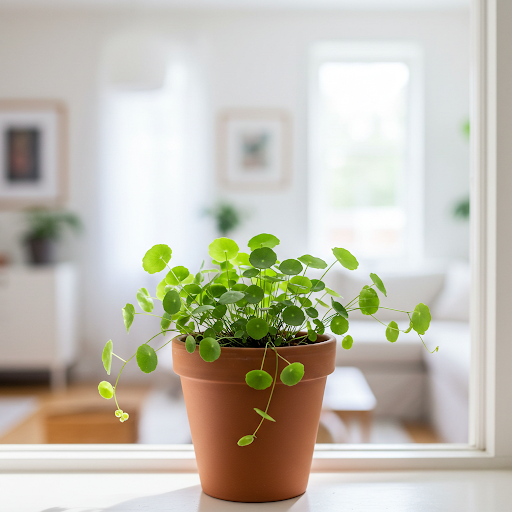
Button Fern
Essential Care Tips for a Thriving Indoor Button Fern (Pellaea rotundifolia):
- Watering Schedule: “Keep Soil Moist, Never Soggy or Bone Dry”. Water regularly to maintain consistently moist soil. Check soil moisture frequently and water when the top inch of soil just begins to feel slightly dry. Never allow the soil to dry out completely, but also avoid overwatering and soggy soil.
- Humidity Management is Key to Foliage Health: Maintain moderate to high humidity levels. Frequent misting, pebble trays, or humidifiers are essential for preventing browning and crisping of the delicate fronds. Trim off any dry leaflets.
- Light Management for Healthy Growth: Provide bright, indirect light to partial shade. Avoid direct sun.
- Fertilizing: Light Feeding During Growing Season. Button Ferns benefit from light fertilization during the growing season (spring and summer) to support their delicate fronds. Fertilize every 4-6 weeks during the growing season with a balanced liquid fertilizer diluted to half strength, or a fertilizer specifically formulated for ferns or delicate foliage plants. Follow package instructions. Reduce or stop fertilizing during the fall and winter dormant period.
- Pruning (Minimal): Minimal pruning is typically needed. You can trim away any brown or damaged fronds at the base to maintain a tidy appearance.
- Repotting Schedule: Repot Button Fern every 1-2 years, or when they become slightly root-bound or the potting mix is depleted. Repot in spring or early summer. They are relatively slow-growing and do not need frequent repotting.
- Pest and Disease Control: Monitor Button Fern for pests like spider mites, mealybugs, and scale insects. Dry air can make them more susceptible to spider mites. Increase humidity to help prevent spider mites. Root rot can occur if overwatered or drainage is poor. Ensure good drainage and avoid overwatering to prevent root rot. Treat any pest infestations promptly with insecticidal soap or neem oil.
Popular Button Fern Forms (within Pellaea rotundifolia):
- Pellaea rotundifolia (Standard Button Fern) – The classic form.
- Variations may occur in leaflet size and overall plant size, but distinct cultivars are not widely common.
In Summary:
Growing Button Fern (Pellaea rotundifolia) indoors is a rewarding way to bring delicate, button-like beauty and a touch of understated elegance to your home. Their unique foliage and relatively easy care make them charming houseplants, especially for adding soft texture to indoor spaces. By providing bright, indirect light, consistently moist soil (but not soggy), moderate to high humidity, and regular care, you can easily cultivate thriving and delightful Button Ferns indoors and enjoy their graceful presence year after year.
For more detailed botanical information and to explore the characteristics of Pellaea rotundifolia, you can visit the Wikipedia page on Pellaea rotundifolia.
Important Note: Button Fern (Pellaea rotundifolia) is considered non-toxic to humans and pets, making it a safe choice for households with children and animals. However, it’s always best to keep houseplants out of reach of pets and children who may be tempted to ingest them. The primary care challenge with Button Fern is maintaining consistent moisture and humidity; ensure you can provide these conditions for successful indoor growth.
Plant Pots 6 inch 8 inch 12 inch for Indoor Outdoor Plants, Set of 3 Modern Decorative Planter with Drainage Hole, Decorative Flower Pots
By greenship-seo|2025-04-10T06:38:40+00:00January 16, 2025|Categories: Hand-carving Series|Tags: Decorative Flower Pots|
20VD
By greenship|2024-08-13T06:43:41+00:00August 13, 2024|Categories: Hand-carving Series|
Planter for Indoor Outdoor Plants, Set of 2 Modern Decorative Plant Pots with Drainage Hole, Decorative Flower Pots
By greenship-seo|2025-01-14T12:26:44+00:00January 14, 2025|Categories: Hand-carving Series|Tags: Decorative Flower Pots|
GreenShip 27inch Tall Planters for Porch, Large Outdoor Planter Pots with Drainage Hole
By greenship-seo|2025-04-10T06:27:21+00:00April 7, 2025|Categories: Hand-carving Series|Tags: Decorative Flower Pots|
KC3-09k
By greenship|2024-08-16T06:24:36+00:00August 16, 2024|Categories: Hand-carving Series|
Modern Plant Pots with Drainage – Indoor & Outdoor Use (6″ Widths)
By greenship-seo|2025-04-10T06:29:43+00:00February 6, 2025|Categories: Hand-carving Series|Tags: Decorative Flower Pots|

